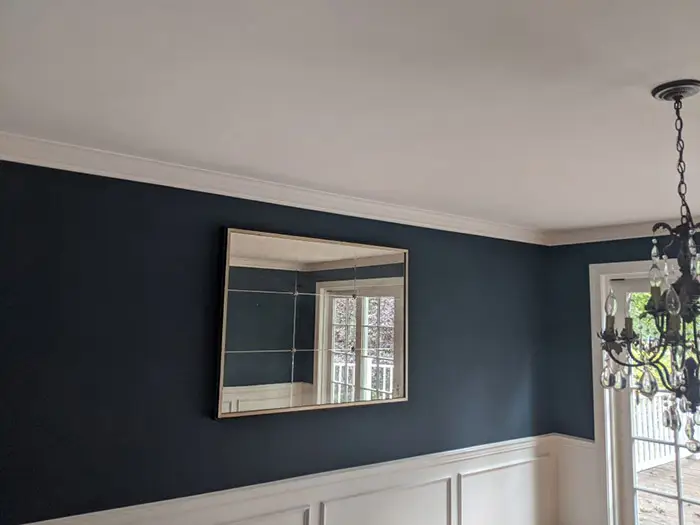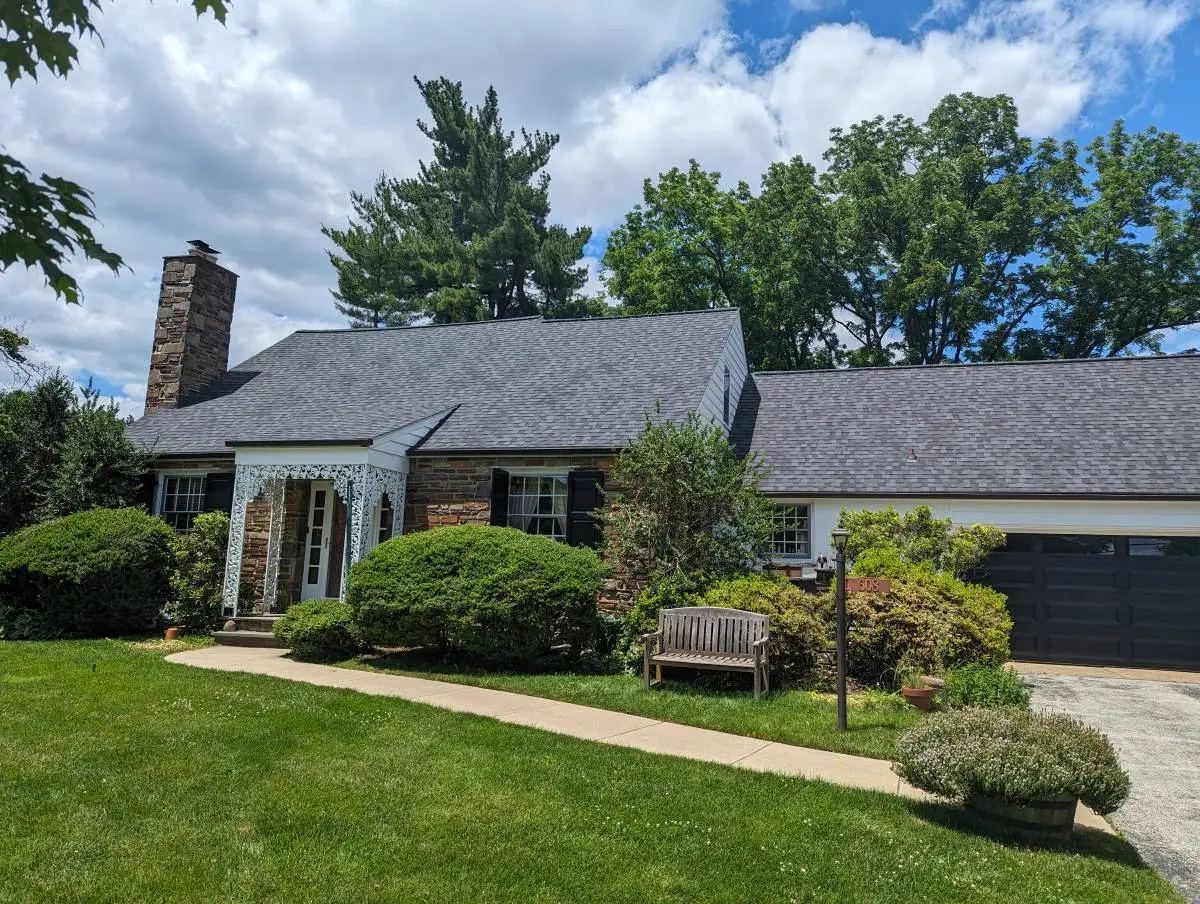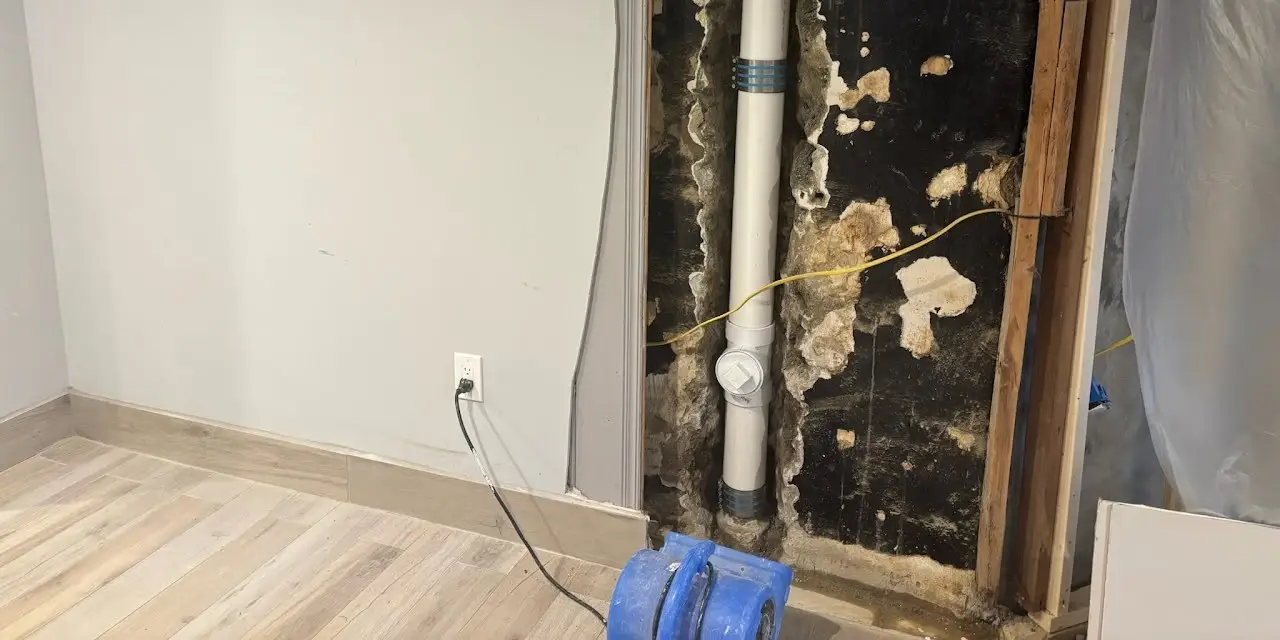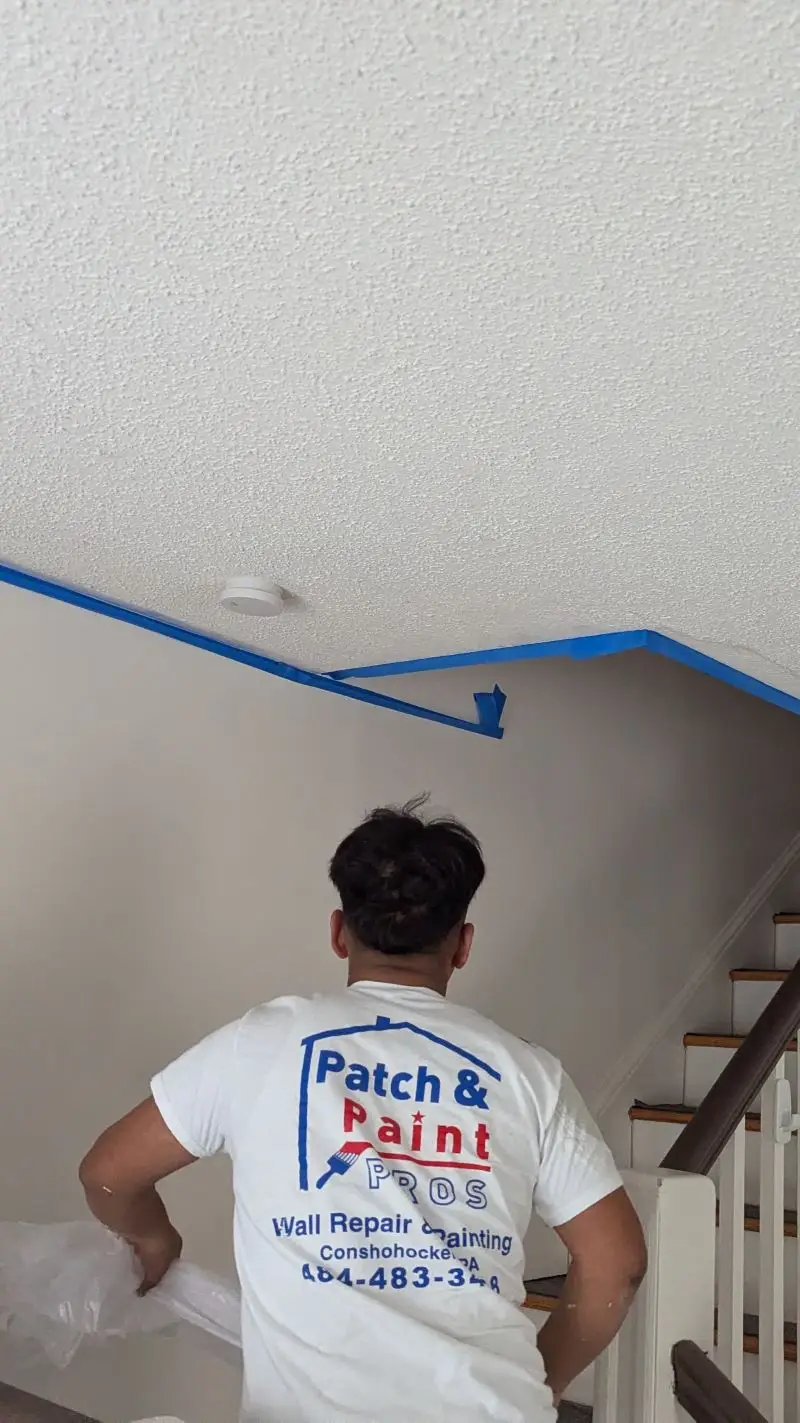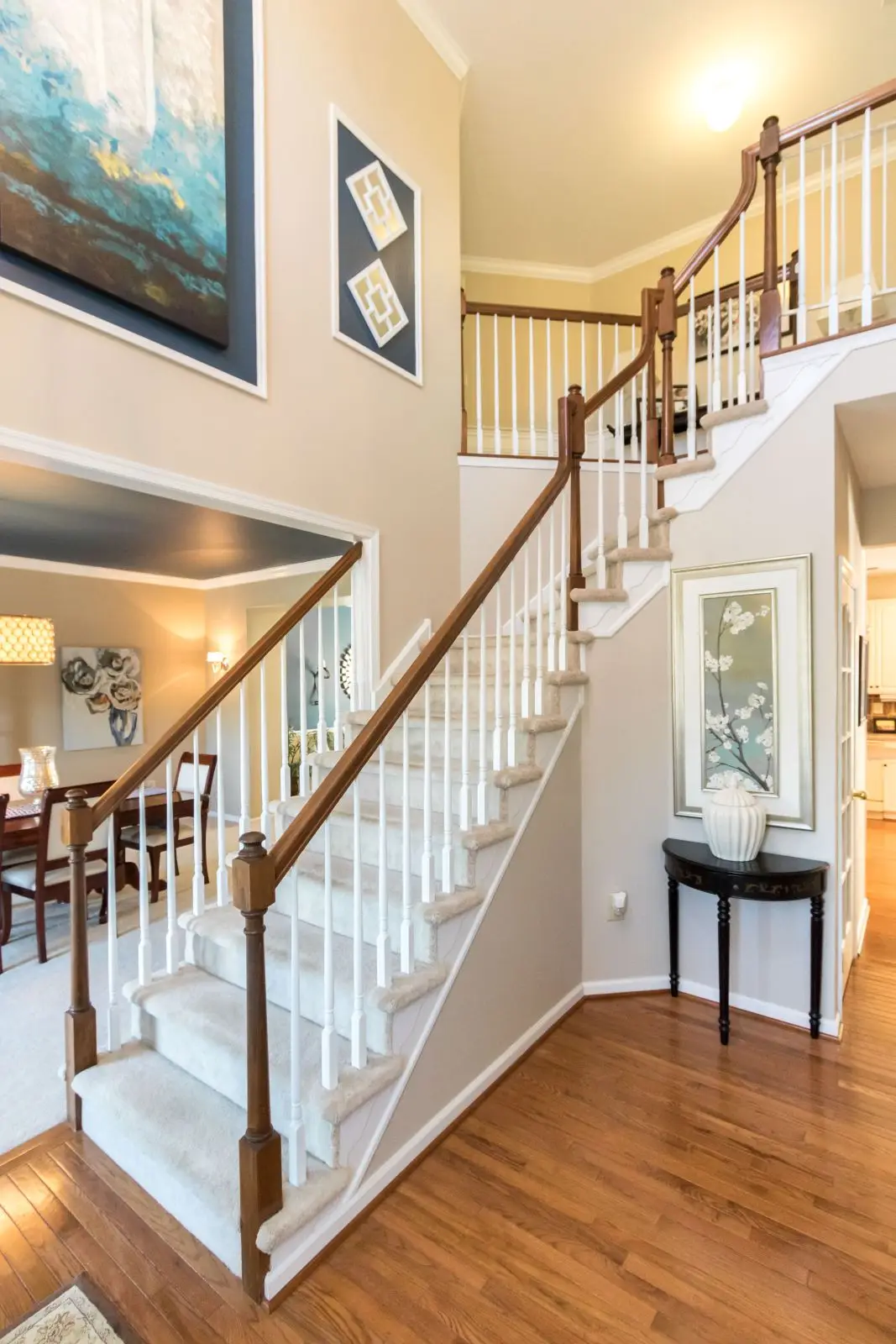Drywalling is a laborious process, but with the right steps and techniques, it can be done quickly and efficiently. This guide provides step-by-step instructions for drywall finishing so you can achieve a smooth and professional look without having to hire a drywall contractor.
We’ll walk you through everything from preparing your walls to sanding them down for a flawless finish. After reading this article, you’ll have all the knowledge needed to tackle any drywall project with confidence!
Gather Your Materials
When it comes to cutting drywall, a utility knife is an essential tool. Begin by measuring and marking the dimensions of the space you want to cover on the drywall sheet. Use the utility knife to score the drywall along the marked lines, then snap the sheet along the score line to create a clean cut.
After cutting your drywall sheets to size, it’s time to hang them. Use drywall nails to attach the sheets to the wall studs, making sure to leave a small gap between each sheet for expansion. Once the sheets are up, it’s time to move on to taping.
There are two types of drywall tape: paper tape and mesh tape. Paper tape is best for covering flat seams, while mesh tape is better for corners and areas with more complex angles. To apply the tape, first, apply a thin layer of drywall mud along the seam or corner using a drywall knife. Then, lay the tape on top of the mud and press it down firmly with the knife, making sure there are no bubbles or creases.
Once the tape is in place, it’s time for the finishing coats. Use the drywall knife to apply two or three coats of drywall mud over the tape, allowing each layer to dry completely before applying the next. Sand the surface between coats to ensure a smooth finish.
In summary, when preparing for drywall finishing, it’s important to have all the necessary tools and materials on hand, including a utility knife, drywall tape, drywall knife, drywall mud, and drywall nails. Proper measuring and cutting techniques, as well as careful installation and taping, will ensure a professional-looking finish.
Cut And Hang Your Drywall
Now that you have gathered all the necessary materials, it’s time to cut and hang your drywall. Have you ever wondered what goes into this process? It is essential for creating a smooth and professional finish in any room.
When cutting and hanging your drywall, start by measuring the space where it will be hung. This will help you determine how much material needs to be purchased before choosing the right type of drywall for the job.
Once you have chosen the best option for your project, begin to install it with screws or nails according to the instructions. Remember not to sink them too far below the surface as this can create an uneven look once finished. Now that your walls are covered and secured in place, it’s time to move on to the next step: applying joint compound.
Apply Joint Compound
I’m gonna start by talking about mixing joint compounds; you’ll need to add a bit of water until it reaches the consistency of thick cake batter. Then we’ll move on to applying the tape, which requires pressing it firmly into the corner and making sure it’s sealed properly.
Finally, we’ll discuss sanding joint compound; you’ll want to use a sanding block and a light touch to get a smooth finish.
Mixing Joint Compound
Mixing joint compounds is a crucial step in the drywall finishing process. To get started, make sure you have the right tools – like a hawk and blade for spreading the mud, as well as a drill with an appropriate mixer attachment.
Then, add enough water to your powdered joint compound according to the manufacturer’s instructions so that it has a creamy texture when mixed together. Make sure to pay attention to taping corners where two pieces of drywall meet; these need extra layers of joint compound applied correctly for maximum adhesion.
Finally, use a ratio of three parts joint compound to one part water for standard tasks such as filling nail holes or seams between boards.
Applying Tape
Now that you’ve mixed the joint compound, it’s time to apply the tape. For this step, professional tools like a taping knife make all the difference in achieving clean results. When applying your tape, use even pressure and overlap each piece slightly so they form an invisible seam when covered with mud.
It’s also important to remember that corners need extra layers of the compound for maximum adhesion – so be sure to do those correctly. Following these taping techniques will help ensure that your project looks smooth and polished when finished.
Sanding Joint Compound
Once you’ve taped, it’s time to move on to sanding. Spreading the joint compound as evenly as possible is key here-it’ll make your life a lot easier when it comes to sanding technique later.
Aim for a thin layer that covers all of the seams without forming ridges or bumps. When the mud has dried completely, use an electric sander with medium-grit paper and take care not to leave any deep scratches in the wall. Finally, switch to fine-grit paper and buff out any imperfections until everything looks smooth and consistent.
Sand And Prime The Drywall
Once the drywall has been hung and taped, it’s time to sand and prime. Before beginning this step, you’ll need to choose the right type of sandpaper for the job. Sandpaper with a higher grit rating typically produces better results since it creates a smoother finish. When selecting your sandpaper, make sure that it is designed specifically for use on drywall surfaces.
When you are ready to begin, start by lightly sanding any areas where tape or mud was applied in order to create an even surface. Then switch to increasingly finer-grit paper until all seams have been completely smoothed out.
Once completed, wipe away any remaining dust from the walls before moving on to priming techniques. Primers can help seal up porous surfaces while also providing an excellent base coat when painting later on. To ensure maximum adhesion of your primer, take care not to apply too much pressure when applying it; instead, opt for light strokes using a roller brush or paint pad applicator. After allowing adequate drying time, move on to the next step: painting and finishing the walls.
Paint And Finish The Walls
Once the drywall has been installed, sanded, and taped, it’s time to paint and finish the walls. Depending on the look you want for your wall, there are a few texturing techniques you can use such as stippling or skip troweling.
To achieve a smooth wall surface, mix up enough joint compound (or mud) to cover all of the joints in one session. When using mudding tips that involve applying more than one coat of mud over a taped seam, be sure to let each coat dry overnight before adding additional coats.
After the final layer of mud is applied and dried, lightly sand any areas with ridges or peaks until they’re flat against the wall. Using a damp sponge will help remove any dust created by the sanding process. Apply primer if needed prior to painting and use high-quality paint for best results. This will ensure your walls have an even more professional look once finished!
Final Thoughts
In conclusion, when it comes to drywall finishing for a smooth and professional look, preparation is key. You need the right materials, plus the know-how of how to cut, hang, apply joint compound, sand, and prime your drywall before you can even think about painting and finishing your walls.
With patience and dedication though, you can get the job done with amazing results that will last for years to come. Don’t be afraid to take on this project yourself–you’ll be glad you did!

